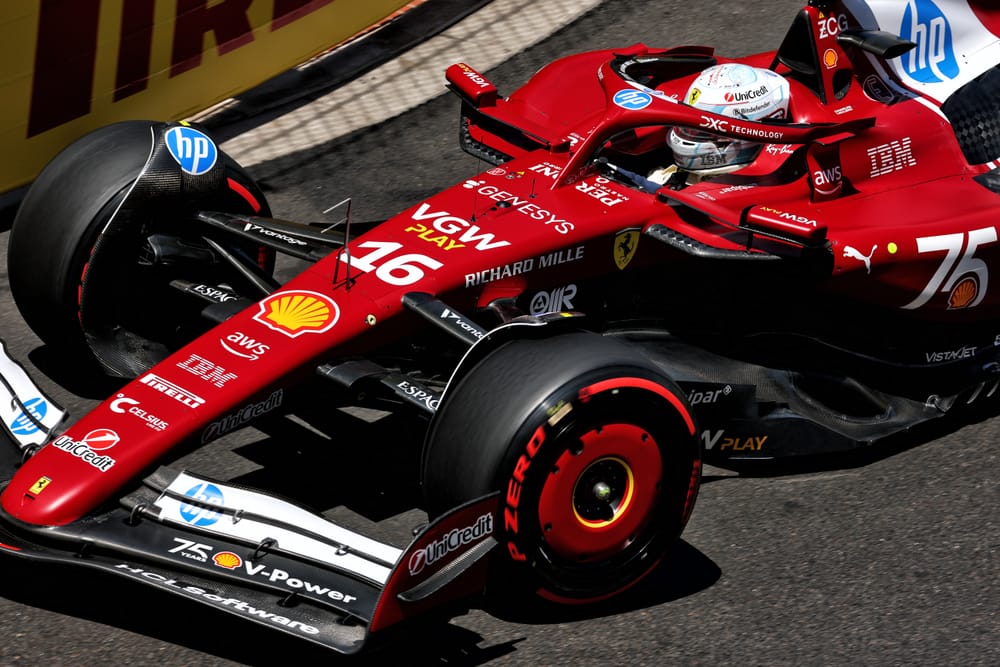Charles Leclerc spent the build-up to the Monaco Grand Prix weekend writing off his hopes of challenging for a second consecutive home victory given Ferrari’s low-speed troubles.
While he lost out on pole position by 0.109s to McLaren’s Lando Norris, Ferrari’s pace proved that the slow-corner weakness of recent events was not the limitation he anticipated.
So what changed?
The answer is both obvious and disappointing for Ferrari fans grasping for reasons to be optimistic.
There’s no breakthrough, no sudden fix to its wider problems, but simply a move to a very different circuit, one that remains an isolated outlier even amid the recent proliferation of street tracks.
How Monaco helped Ferrari
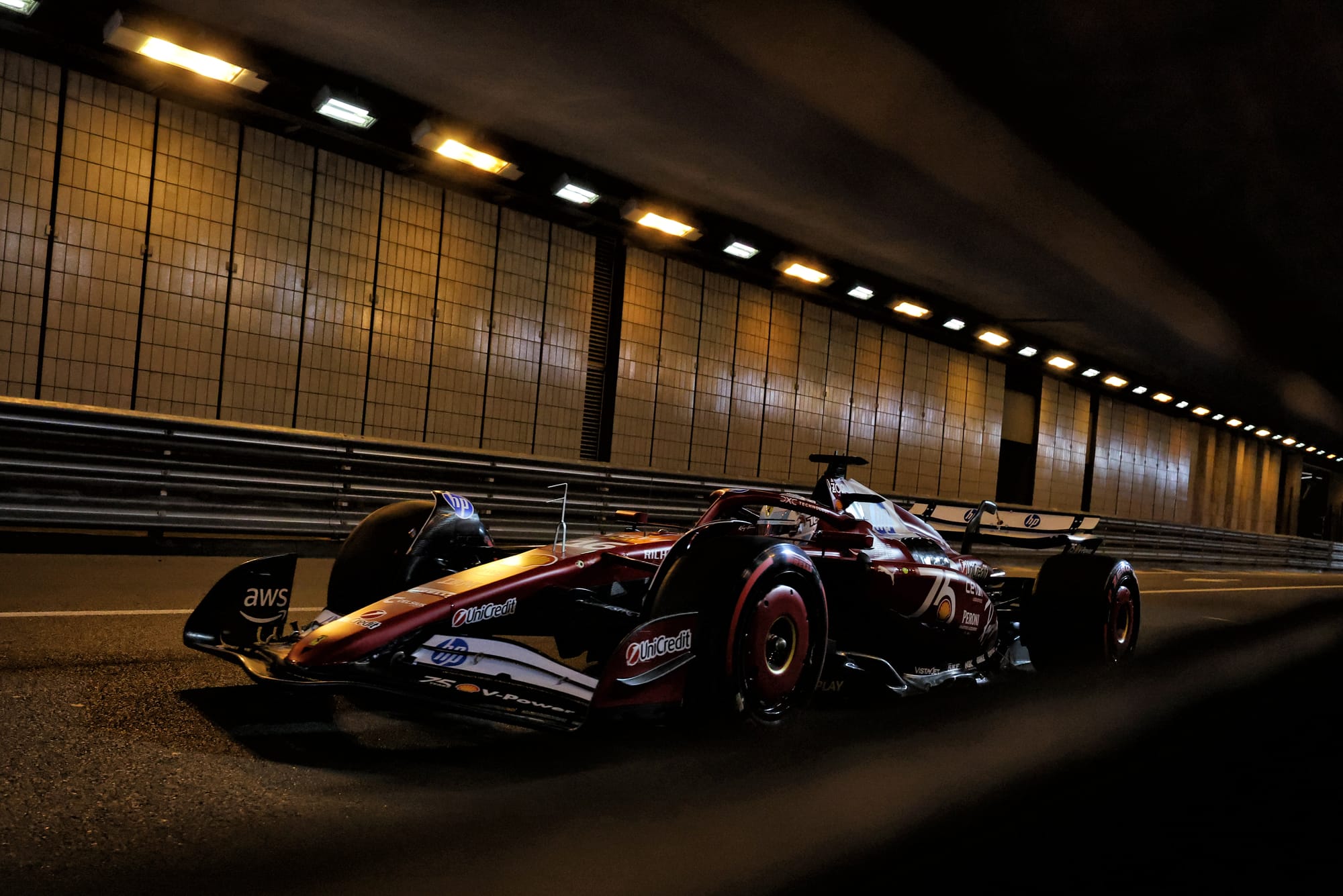
Monaco is all about slow corners, meaning there is no need to push the car set-up into areas Leclerc has previously described as “extreme”.
This was done to avoid the risk of bottoming out and the sort of excessive plank wear that got Lewis Hamilton excluded in China, and give the best – or should that be ‘least worst’ - overall balance compromise across a wide speed range.
Monaco allowed the fundamentally good mechanical package for this type of track to shine through.
The short corners also helped, with Leclerc also startlingly fast through the Tabac left-hander, as did his enormous confidence behind the wheel.
Mark Hughes's analysis of qualifying offers a more detailed look at where the Ferrari was strong relative to the McLaren.
Leclerc's theory
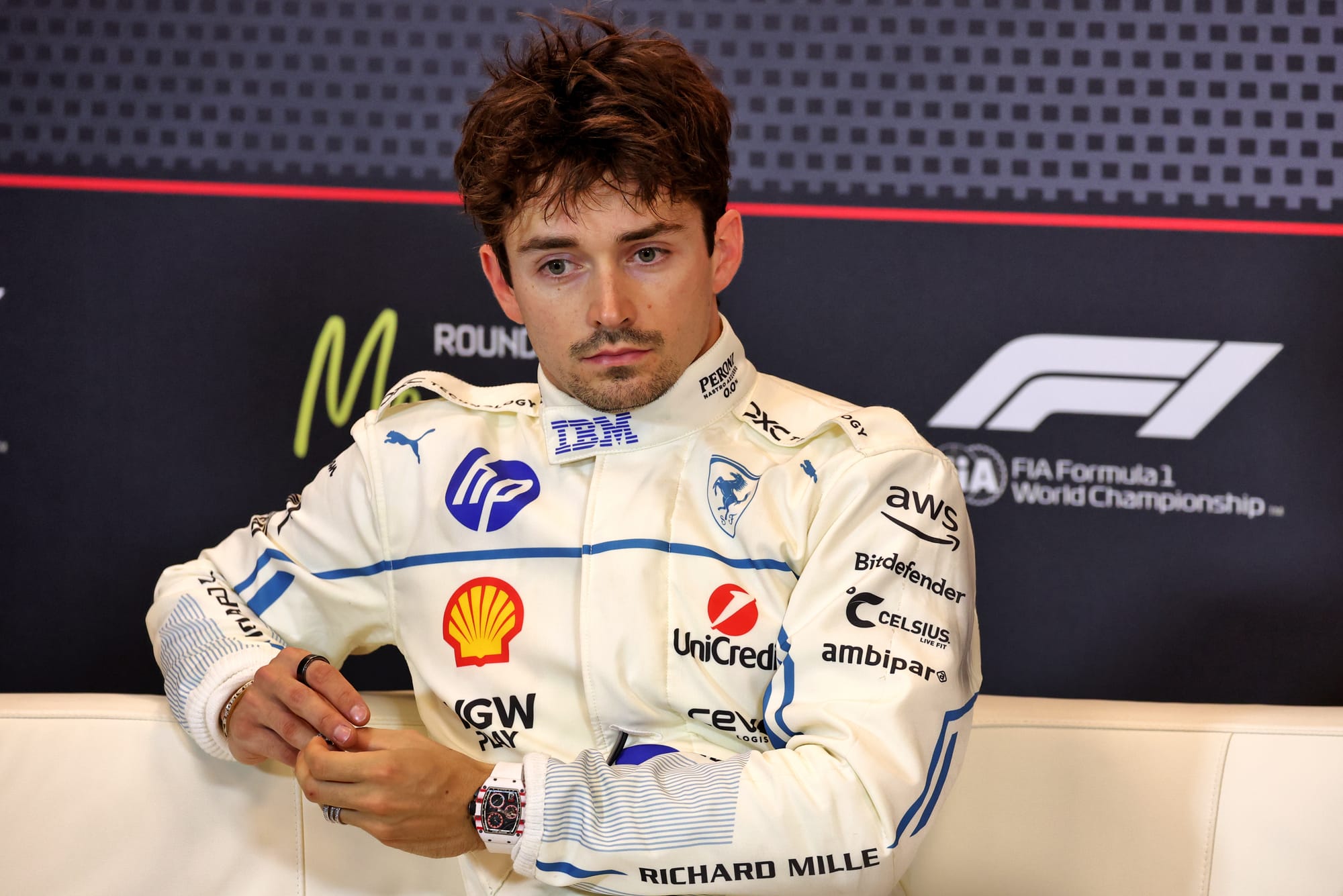
Leclerc’s hypothesis, albeit one that he caveats with a warning not to expect a repeat once F1 returns to more conventional circuits, is simply that it’s all about Monaco’s nature rather than any kind of breakthrough with the car.
“The only explanation I can find for now is that on a track like this, where there’s only low speed – basically no high-speed corners – [the car works better],” said Leclerc.
“In most of the tracks, we had to take compromises in order to not lose too much in high-speed corners.
“We don’t have to set up the car in a way where we compromise anything here because we just focus on the low speed.
"And when we are on these kinds of tracks, it seems that there’s some performance in the low speed from the car.
"But we are a little bit stuck at the moment on other tracks, so I don’t think we can apply it to any other tracks other than Monaco, unfortunately.”
Bits of it still make no sense
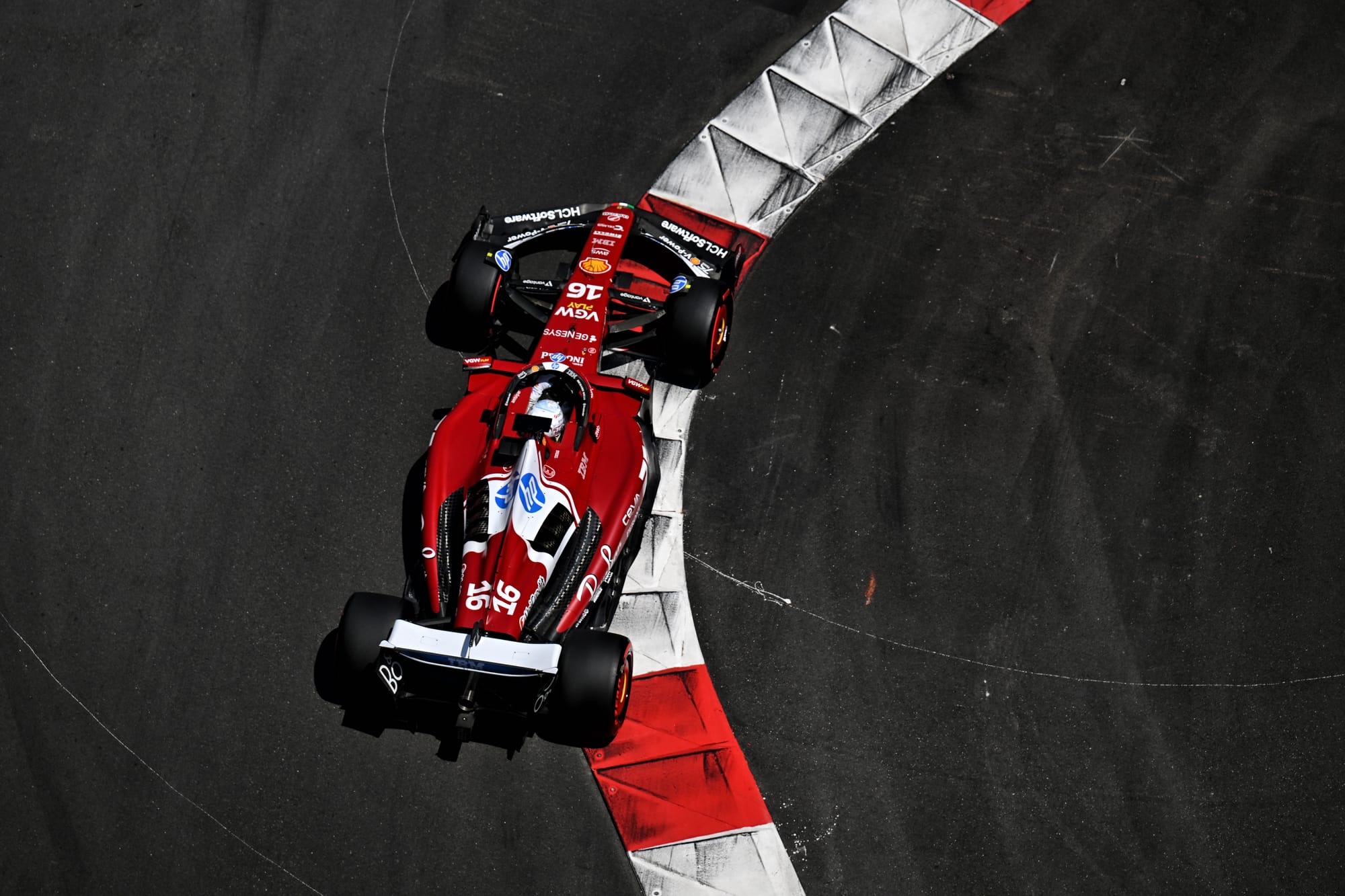
Leclerc later admitted to still having some uncertainty, saying “we still need to understand why…it’s an unknown, I don’t quite know why we are so fast in slow-speed suddenly”.
Yet elsewhere inside Ferrari there was a little more optimism - with Hamilton saying at Imola last week that he was looking forward to Monaco.
Perhaps that reflects Leclerc’s diminished faith in the Ferrari team technically, as he also hinted there might be some other factor that must to be unravelled to ensure Ferrari learns all the lessons of its improved form.
“We expected to struggle a lot, which wasn’t the case because from FP1, it felt really, really good,” said Leclerc.
“I felt confident with the car straight away and we’ve got to understand how we can reproduce that on all the tracks.
“If we take Miami, which was two race weekends ago, we were losing so much in the low-speed corners and now we are very fast this weekend. So, obviously, there are other things that are also changing.
"The ride is not great here, and we know we’ve got a pretty good car in terms of ride, but I feel like there might be something else to be understood.”
Hamilton's view
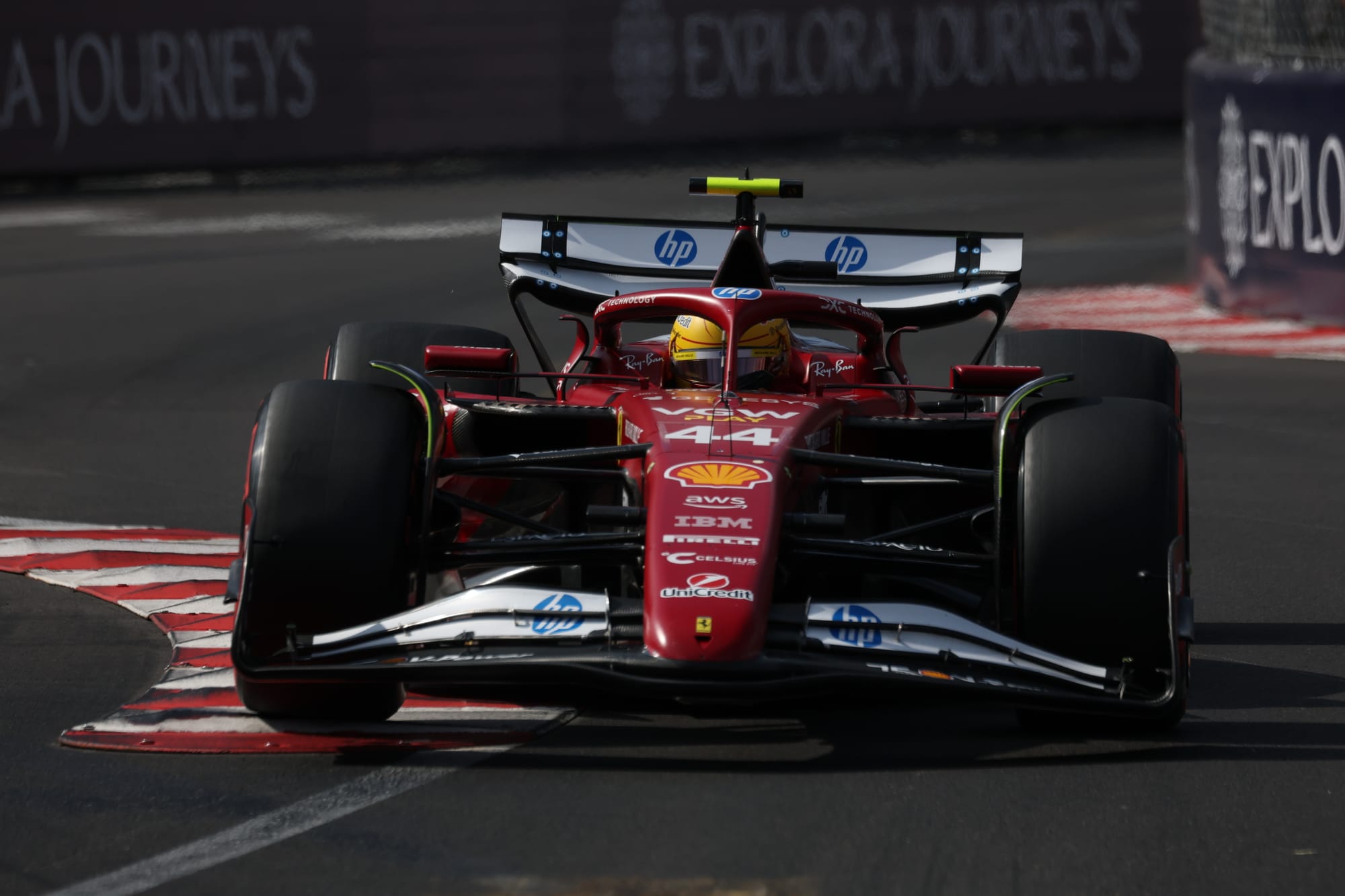
Team-mate Hamilton, who qualified fourth but will start seventh thanks to a three-place grid penalty for impeding Max Verstappen in qualifying, pointed the finger firmly at the way the car has to be set up mechanically at Monaco compared to other tracks.
“It’s a ride height thing between there and here,” he said when asked to contrast the Monaco performance with the struggles in qualifying at Imola, where both Ferraris were eliminated in Q2.
“Since China, ride has been an issue and that’s hindered us.”
Team principal Fred Vasseur refused to go into too much detail, but attributed the performance to a combination of the Monaco track characteristics in terms of different types of corner and, crucially, different bottoming-out risks - and Leclerc’s brilliance.
“I don't want to go deep in detail, but I don't think that it's the same slow corners and the same characteristics of the track, the same bottoming, the same top speed,” Vasseur told Sky Sports F1.
“Everything is different. And in this situation, also Charles is a bit magic.”
This leaves Ferrari in the same position as it was before. Monaco presents an opportunity, albeit one that hasn’t so far proved as golden as it appeared when Leclerc topped all three free practice sessions, that could yet translate into victory tomorrow.
But in the grand scheme of things, it simply confirms what was already clear about the Ferrari SF-25’s limitations.
That means Ferrari is still looking to the front wing flexibility technical directive coming into effect in Spain next weekend, and then the anticipated rear suspension modifications that should appear sometime in July – potentially at the British Grand Prix – to improve its ailing fortunes.
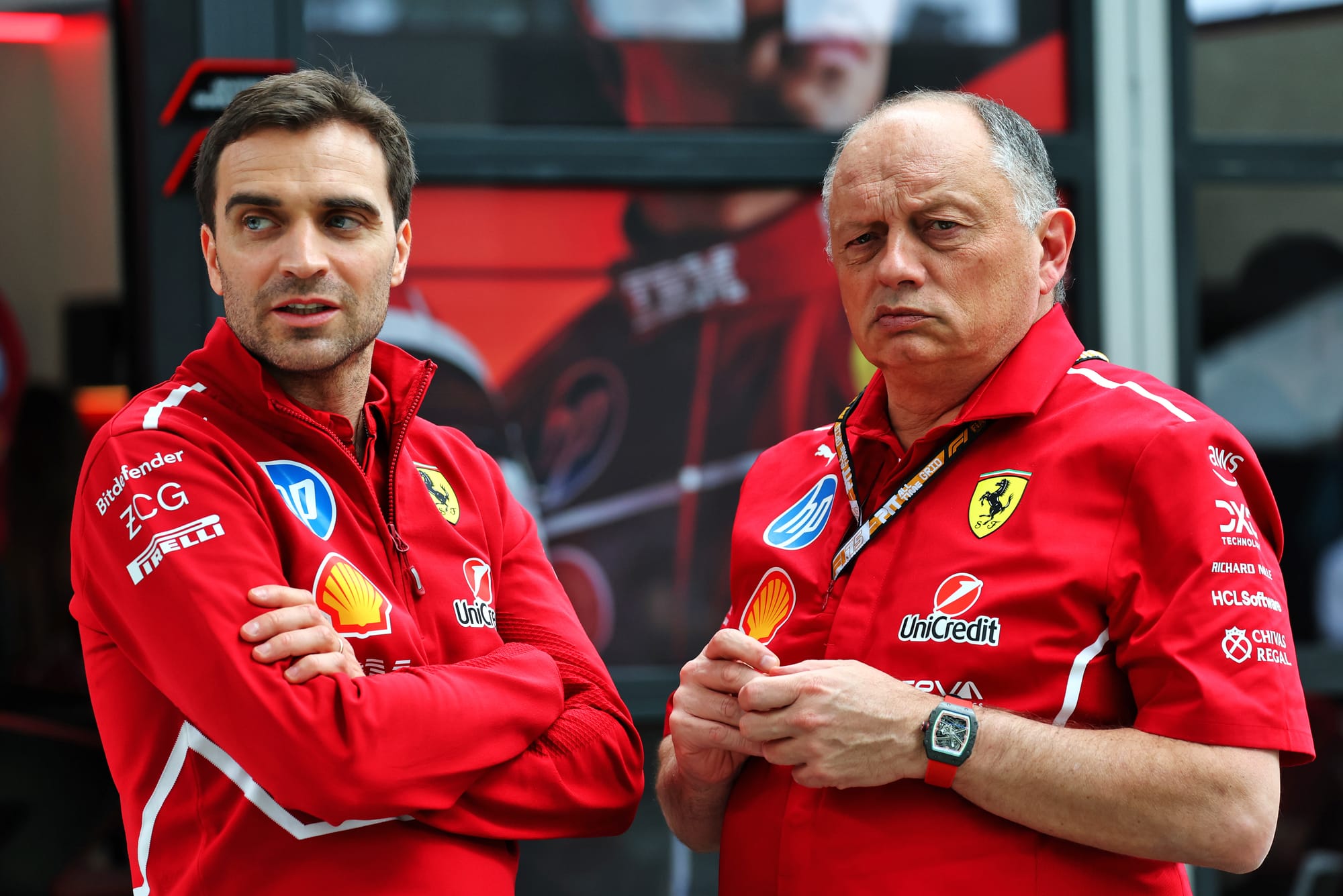
But as deputy team principal Jerome d’Ambrosio (above, left) explained on Friday, there’s no expectation that one magical change will transform the team’s fortunes.
“You read a bunch of stuff and people like to pinpoint one thing as to where we're going to extract performance from,” said d’Ambrosio.
“The reality of Formula 1 is that you don't gain two tenths somewhere, you gain a few hundredths in different places and that's how you build a robust performance.
"So there's going to be no magic trick and we don't expect to extract anything in particular from one part.
"We just expect to extract more from putting the package in a better place.”


